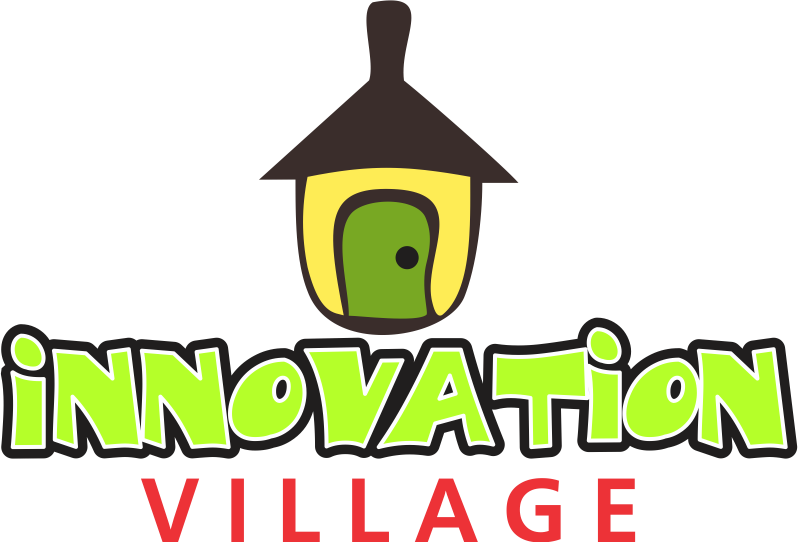For many years, schools and small businesses across Africa have struggled to access loans that truly work for them. Even when funding is available, it often comes with a hidden danger: the loans are priced in US dollars, while most schools earn their money in local currency. This means that when the exchange rate changes — as it often does — the cost of repaying the loan can suddenly become much higher. Schools are left paying more than they planned, even when they manage their money well.
Now, a group of organizations has created a new type of financing that could change this story. The IDP Foundation, Jackfruit Finance, TLG Capital, and several partners have launched a $5 million “Triple Impact” loan model in Kenya that allows schools to borrow in Kenyan shillings, the same currency they use every day. This may sound simple, but it’s a big breakthrough that removes the foreign exchange risk that has quietly hurt African schools and small businesses for years.
Turning One Dollar Into Three
The IDP Foundation played a unique role in making this possible. Instead of giving out money directly, the Foundation used its endowment — essentially its savings — as a guarantee. This means the Foundation promises to step in if anything goes wrong. Because of this guarantee, lenders feel safer and are willing to release more money.
According to Corina Gardner, CEO of the IDP Foundation, “every dollar of philanthropic capital unlocks three times its value.” In simple terms, if the Foundation guarantees $1, it allows schools to access $3 in loans. This is why the project is called “Triple Impact” — the same amount of charitable money now stretches much further.
The guarantee is backed by a standby letter of credit from Morgan Stanley, which adds an extra layer of security and makes the funding attractive to lenders.
Built for How People Actually Live
The creators of this financing model say they were motivated by a simple reality: the existing system wasn’t working for the people it was meant to help. Schools shouldn’t have to worry about global currency swings or complex financial hedges. Instead, they should be able to borrow money in a way that matches their daily reality.
This new structure reflects that idea. Schools borrow in local currency. Interest rates remain affordable. And the loan terms are designed to strengthen schools, not burden them.
A New Path for Mission-Aligned Funding
Across Africa, sectors like education, healthcare, and small business have long depended on foreign investors who prefer lending in dollars. Their intentions have mostly been good, but the outcome hasn’t always worked for borrowers. Currency volatility has repeatedly wiped out progress and threatened stability.
The new Kenyan model suggests that change is now possible. By combining philanthropy, commercial discipline, and local-currency lending, the partners have created a structure that supports both social impact and financial sustainability.
More Than a Loan — A Blueprint
The team believes this model can be replicated in other African countries. Supported by MIT’s Kuo Sharper Center and built through collaboration between IDP Foundation, Jackfruit Network, and TLG Capital, the framework is designed to be simple, practical, and scalable.
If it succeeds, it could become a blueprint for how Africa funds its most important sectors — with solutions grounded not in theory, but in how people actually live and work.


